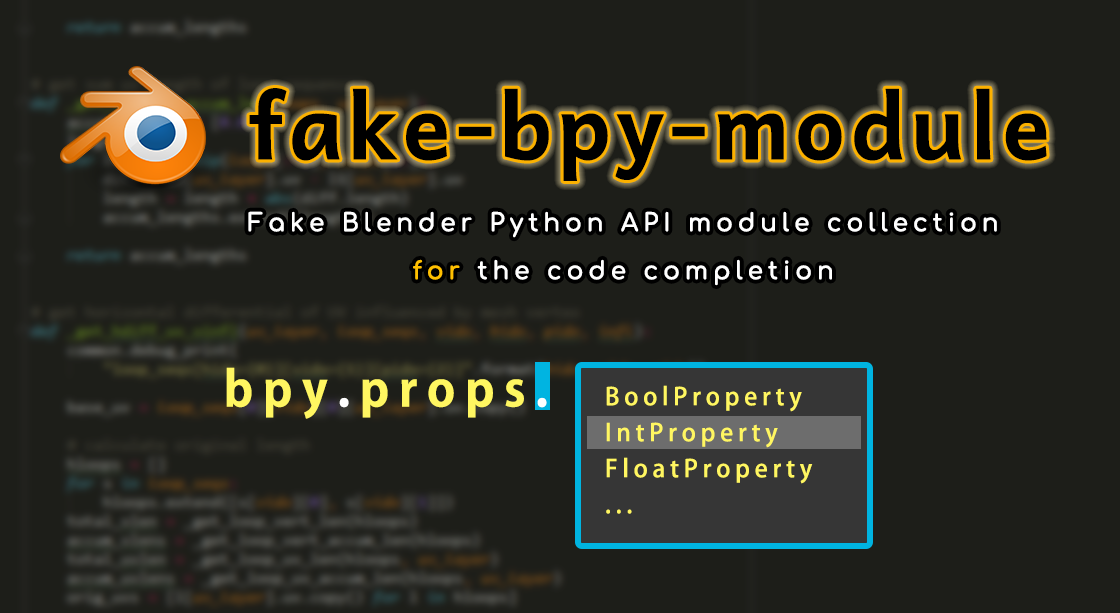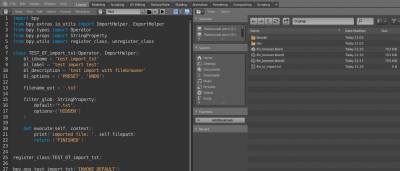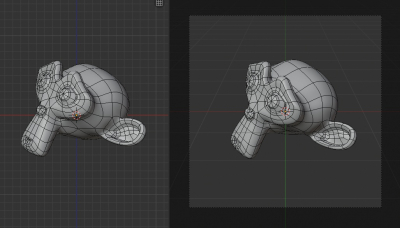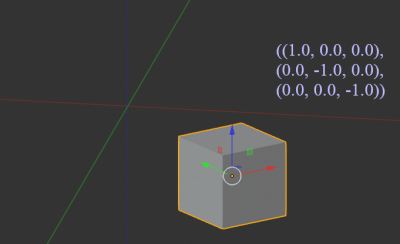How to append an object from another blend file to the scene using the Blender Python API
The Blender Python API provides the ability to append or link objects from another *.blend file to the current scene using the “append” command.
 To append an object (for example – a mesh) from another .blend file, we need to do the following:
To append an object (for example – a mesh) from another .blend file, we need to do the following:
How to append an object from another blend file to the scene using the Blender Python APIRead More »





